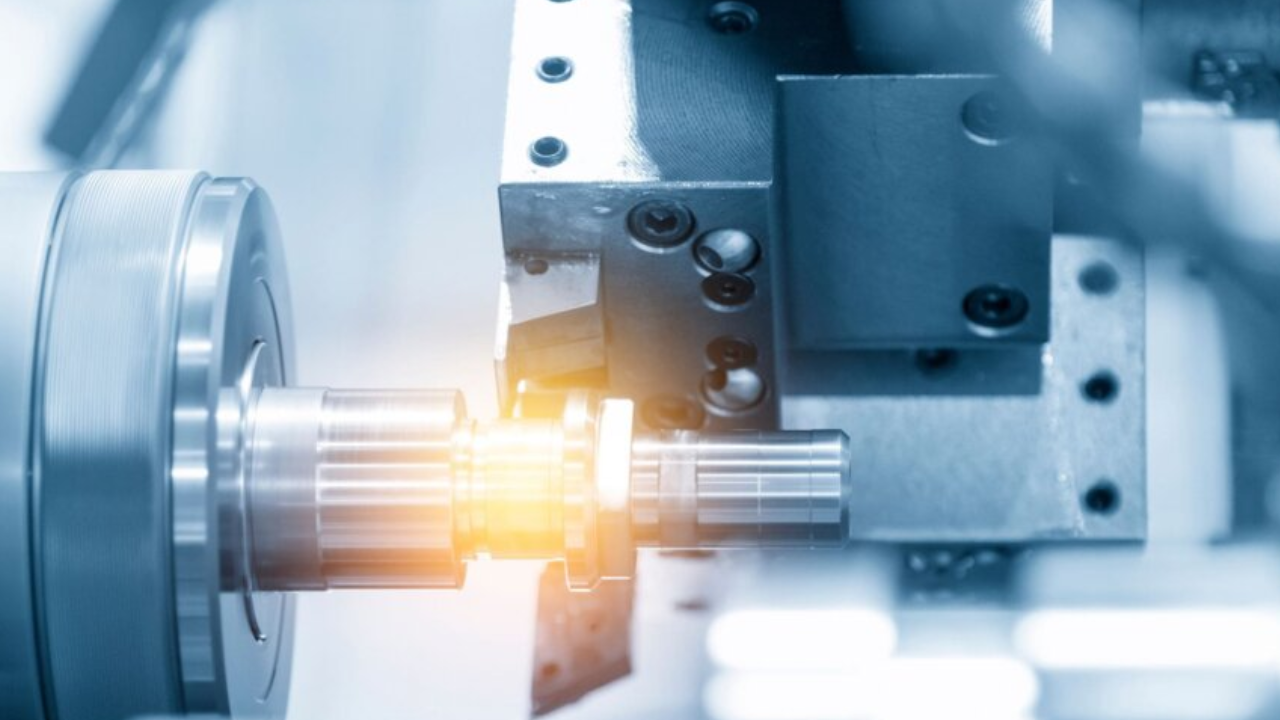Allowable deviations in dimensions and geometric characteristics during computer numerical control (CNC) machining are referred to as standard cnc tolerances. For production processes to be precise and consistent, these tolerances are essential. Geometric tolerances (shape, orientation, position, profile) and dimensional tolerances (size, fit) are examples of common types.
Usually, tolerances are represented by symbols and values on engineering drawings, like straightness (⌑) or H7 for a hole. Guidelines for CNC tolerances are provided by international standards, such as those issued by the American Society of Mechanical Engineers (ASME) or the International Organisation for Standardisation (ISO). Consistently maintaining tolerances in manufacturing requires using quality control procedures and striking a balance between precision and cost.
Calculation Of CNC Machining Tolerances Is Influenced By Several Factors.
Achieving the required precision requires careful consideration of several elements that affect the selection of CNC (Computer Numerical Control) machining tolerances. Several crucial elements impact the calculation of CNC machining tolerances, including the following:
Material Selection:
One of the most important factors in establishing the possible tolerances is the material that is used in CNC machining. The degrees of machinability, heat conductivity, and mechanical qualities differ among materials. The total tolerance achieved may be impacted by the need for slower cutting speeds and more precise tooling when working with harder materials, such as titanium or hardened steel. Conversely, softer materials like aluminum may allow for higher cutting speeds and wider tolerances. Understanding the material’s characteristics is crucial in setting appropriate machining parameters for optimal precision.
Machine Tool Capability:
The possible tolerances are directly impacted by the accuracy, stiffness, and repeatability of the CNC machine tool. Compared to inferior machines, higher-end CNC machines with sophisticated control systems and precise parts can attain tighter tolerances. To guarantee steady operation over time, the machine tool must undergo routine maintenance and calibration. A shop can produce parts with tighter tolerances overall by investing in state-of-the-art equipment and upgrading to newer technology.
Cutting Tools and Toolpath Strategies:
A major influence on machining tolerances is the choice of cutting tools and the toolpath generation technique. Cutting tool wear resistance and cutting performance are influenced by their geometry, material, and coating. Tool life can be increased and consistent tolerances can be maintained by using premium tools with suitable coatings. Tighter tolerances can also be achieved by optimizing toolpath methods, such as minimizing tool changes and lowering tool deflection.
Environmental Factors:
Temperature, humidity, vibration, and other environmental elements can all have an impact on CNC machining tolerances. Temperature fluctuations have the potential to cause material to expand or contract, changing the machined part’s dimensions. These impacts can be lessened by regulating the shop environment with climate control systems or by adjusting machining programs to account for temperature variations. Reducing vibrations as much as possible throughout the machining process is crucial because too many vibrations might affect how precisely the tool moves.
Workholding and Fixturing:
The repeatability of part positioning during machining is impacted by the stability and accuracy of workholding systems. When the workpiece is properly fixed, it is kept firmly in place and avoids unintentional movement that can compromise tolerances. The geometry and substance of the part determine which clamping method hydraulic, pneumatic, or mechanical fixtures—is best. It takes meticulous attention to work holding minutiae to get accurate and consistent results.
Machinist Skill and Experience:
The calculation of CNC machining tolerances is directly impacted by the machinist’s level of skill. Because they have a thorough understanding of materials, machining techniques, and tools, skilled machinists can make modifications and optimizations in real-time. To guarantee that machinists can adjust to new technologies and consistently enhance their capacity to make parts with tight tolerances, training programs, and constant skill development are essential.
Finally
Tolerances for CNC machining are closely related to work holding accuracy, machinist skills, environmental considerations, machine capabilities, material qualities, and careful design. Manufacturers can reliably achieve tight tolerances and guarantee the manufacturing of high-quality components for a variety of applications by addressing and optimizing these crucial elements.
